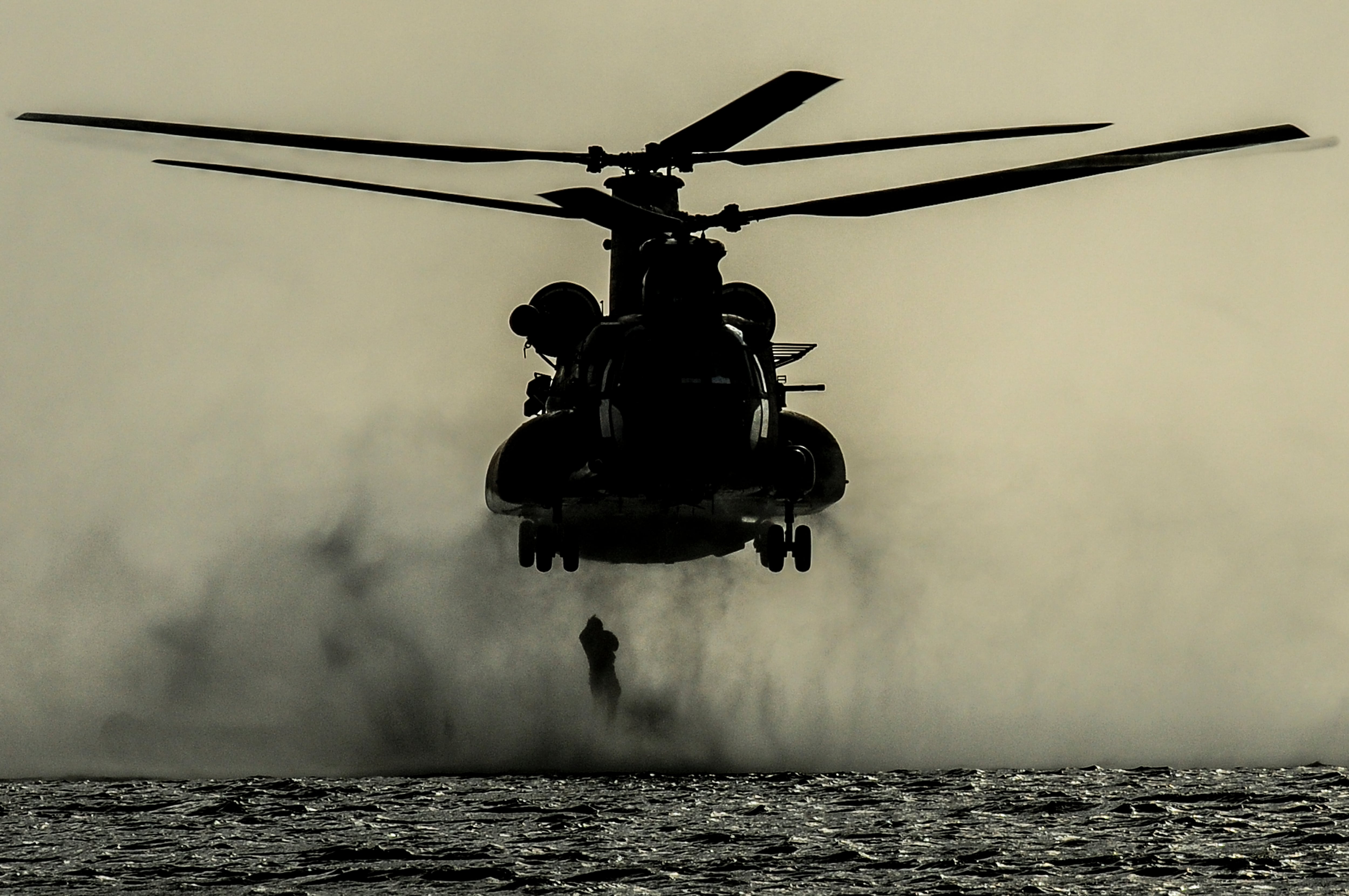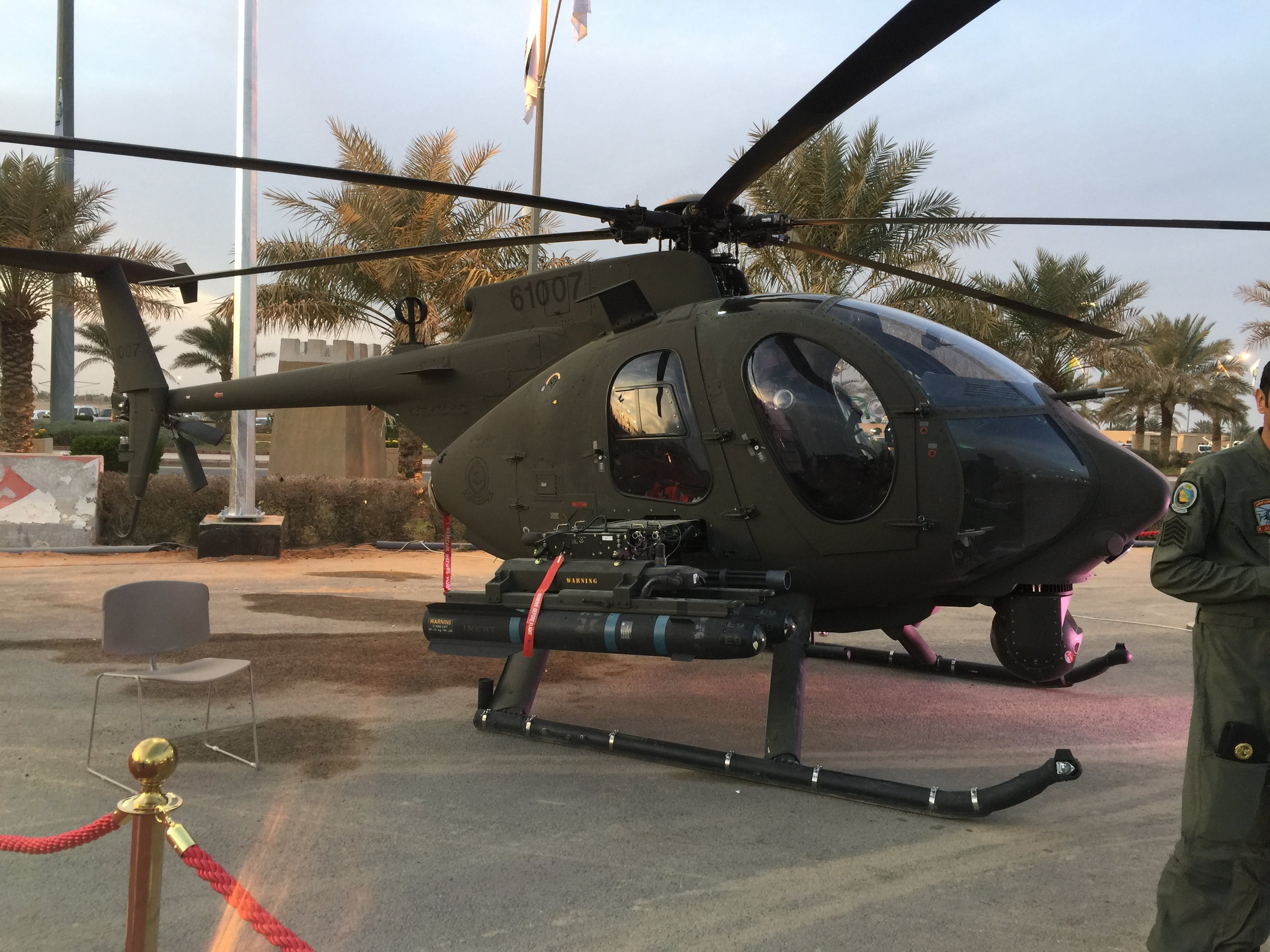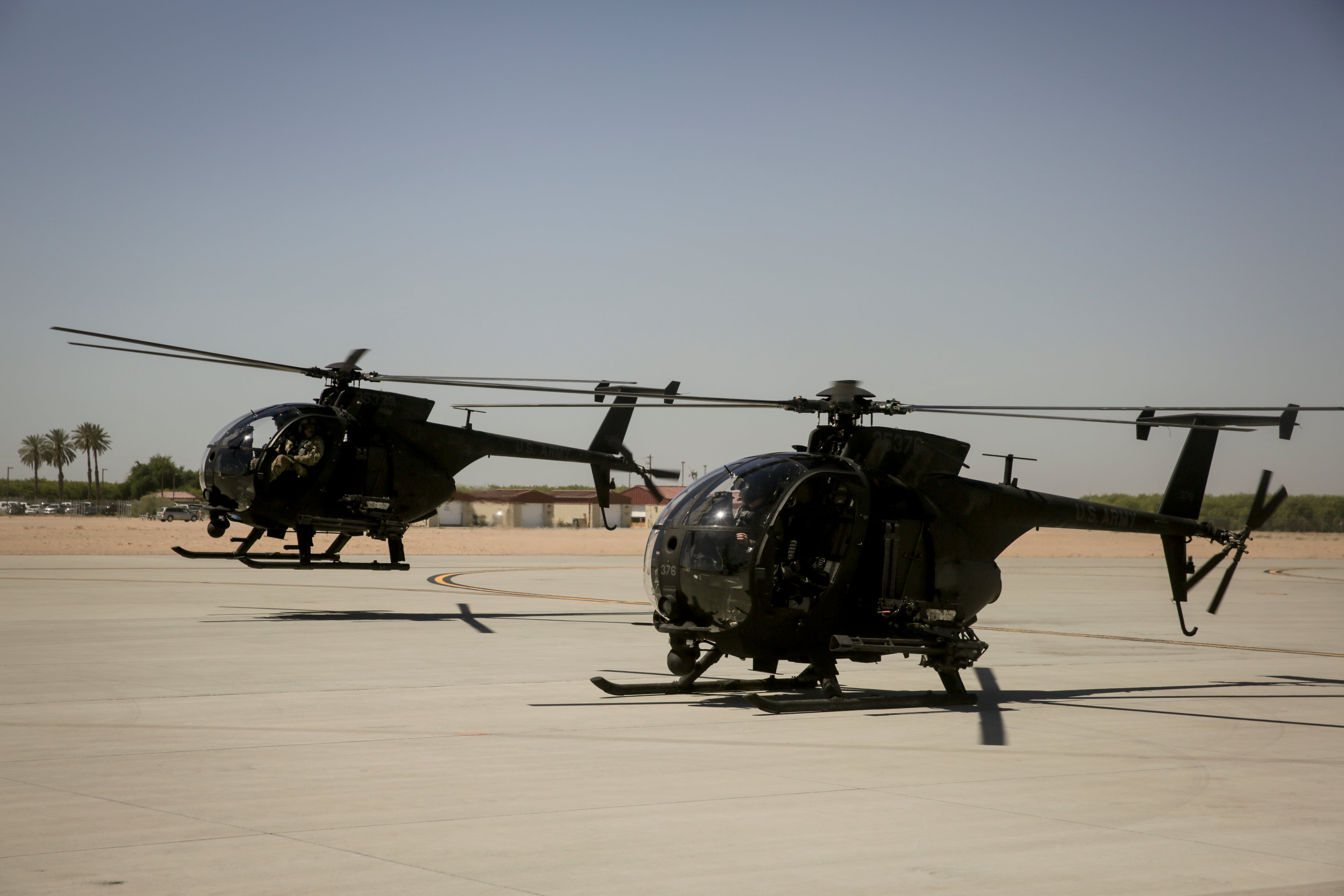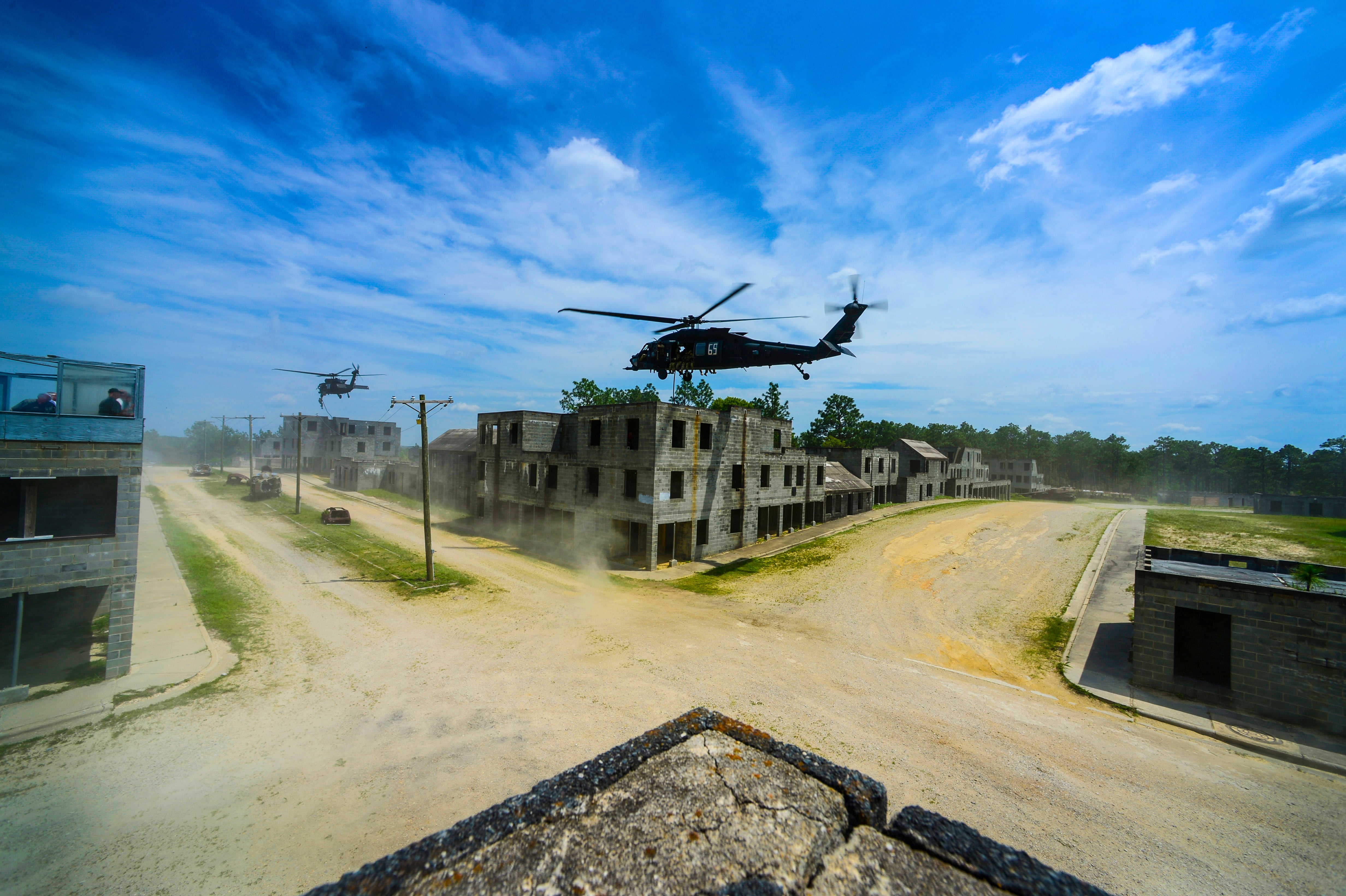Army Special Operations Command faced pilot shortages in the final quarter of fiscal 2019, according to manning numbers obtained by Army Times.
The shortages were noticeable in the A/MH-6, MH-60 and MH-47 pilot communities, but are emblematic of the larger shortages throughout the Army’s combat aviation brigades, from which special operations aviators are sourced later in their careers.
The MH-60 is the special operations variant of the UH-60 Black Hawk. Its warrant officer 3 and 4 ranks were manned at 43 percent and 83 percent, respectively, according to the mid-July numbers from a source familiar with personnel issues who requested to remain anonymous.
The MH-47 is the special operations variant of the CH-47 Chinook. Its warrant officer 3 and 4 ranks were manned at 59 percent and 65 percent, respectively, according to the July numbers.
These pilots are assigned to the 160th Special Operations Aviation Regiment — an elite cohort of Army helicopter pilots and crewmembers.
“The numbers which were provided to you are a snapshot in time and are currently inaccurate and are not a true depiction of current strength," Lt. Col. Loren Bymer, Army Special Operations Command spokesman, told Army Times on Oct. 8.
Citing the specialized nature of the 160th SOAR’s missions, Bymer said the current end strength could not be released.
Numbers for the Army’s A/MH-6 Little Birds appeared slightly better in the July numbers, hitting more than 73 percent manning levels for warrant officer 3s and 62 percent for warrant officer 4s.
“The 160th Special Operations Aviation Regiment is in the highest manning category," Bymer explained in a statement. “In general, our Aviation Warrant Officer population is a mature group. It will take time for the Army’s increase in aviation forces to mature into our recruiting population. We work closely with Army Aviation enterprise to address projected shortages, identify eligible recruiting populations, and retain talent.”

The Army has acknowledged that it’s facing a pilot shortage, though the conversation has focused around conventional forces. Special operations aviation is by nature more selective.
“Today, every active component [combat aviation brigade] is allocated or on mission,” Brig. Gen. Michael C. McCurry, director of Army Aviation, said at a Washington, D.C., event in September. “They’re either on-mission, coming back from the mission or training for the mission."
The 160th SOAR’s aviators have remained in high demand since the start of the Global War on Terror, as well. Like other U.S. special operations forces, though, they normally deploy in shorter increments than their conventional counterparts.
“Our units maintain compliance with DOD-wide policy for dwell time ratio and continue to operate at a sustainable level,” Bymer said. “Essential to this compliance is monitoring crews at the company level and closely managing deployment rotations and training exercises to achieve the appropriate balance.”
The former head of Army Aviation told lawmakers two years ago that the service was addressing a gap in its warrant officer corps by increasing seats at training schools and pushing to retain seasoned aviators. But in the two years since then, the service only added about 30 pilots, and still had nearly 700 positions left to fill, according to data from August.
RELATED

That, of course, limits the pool from which the 160th SOAR can draw recruits.
“As the Army Aviation population closes the gap on shortages, [Special Operations Aviation Command] is expected to have a larger recruiting population for warrant officers," Bymer said.
“Ideally, candidates assess into our formation with 500 flight hours and as pilots-in-command," Bymer added. "This enables the basic foundation of leader experience, airmanship and crew coordination to meet the initial assessment and follow-on training requirements.”
Army National Guard pilots are also considered for assessment into the community.
McCurry said at the September event that finding pilots isn’t the hard part — it’s keeping them in the seat.
“People still want to fly,” he explained. "Our young NCOs want to become warrant officers and get out and fly. So the recruitment piece has not historically been our challenge, it has been capacity and production.”

Army leaders say they’re working to increase production at Fort Rucker, Alabama, the service’s primary flight training post. Additionally, the service is still trying to target incentives to retain and recruit qualified pilots, as well as draw up exit surveys to determine why pilots leave the service and where they’re going.
There are also new talent management strategies being weighed for company grade aviation commissioned officers that could allow flexibility in operational timelines and allow for increased company level experience once they assess into the 160th SOAR.
Joining the regiment is a difficult process. It starts with a week-long assessment. When selected, a soldier is then assigned to Special Operations Training Battalion based on their career timeline.
Follow-on training with the battalion is commonly referred to as Green Platoon, which is tailored to each soldier based on their military occupational specialty and whether they are an officer or enlisted soldier. This means timelines fluctuate greatly between aviators, crewmembers and non-crewmembers in the regiment.
For aviators, the training path to become a basic mission qualified pilot in the 160th SOAR includes combat skills, aquatics training, basic skills and advanced skills phases.
Aviators spend roughly two years as a basic mission qualified pilot before meeting the requirements to become fully mission qualified. Afterward, it’s another three to four years before the requisite training and flight hours are completed to become a flight lead.
Kyle Rempfer was an editor and reporter who has covered combat operations, criminal cases, foreign military assistance and training accidents. Before entering journalism, Kyle served in U.S. Air Force Special Tactics and deployed in 2014 to Paktika Province, Afghanistan, and Baghdad, Iraq.




